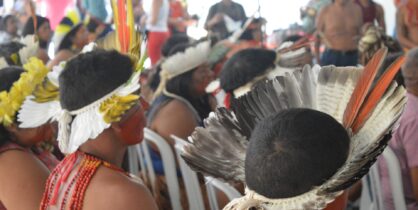Brazilian Indigenous Communities Lead Environmental Preservation
Brazilian indigenous communities have historically resisted invaders and teach how to preserve the environment. With right-wing extremist Jair Bolsonaro in power, communities face a new challenge.
Indigenous communities are fundamental for the preservation of the environment, also teaching non-indigenous communities about sustainable development and agricultural production. In Brazil, a series of initiatives promoted by indigenous populations have helped reforesting devastated regions, mixing traditional knowledge with new technologies so indigenous populations can be as self-sufficient as possible.
A recent study, published in November 2019, by the Environmental Science & Policy journal comparing Brazil, Australia and Canada, points to greater biodiversity in areas administered or co-administered by indigenous peoples and traditional populations. According to the authors, Richard Schuster, Ryan Germain, Peter Arcese, from the University of British Columbia; Joseph Bennett, from Carleton University; and Nicholas Reo, from Dartmouth College, collaborating with indigenous peoples, communities and organizations can help conserve biodiversity, as well as support indigenous land rights, sustainable use of resources and well-being.
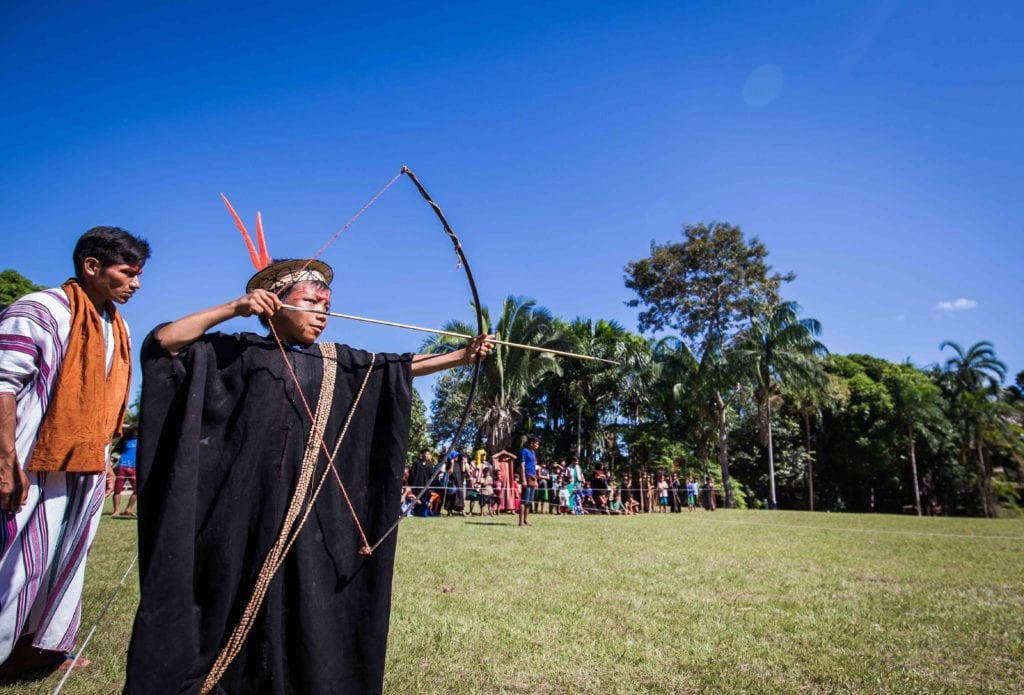
The finding is in line with several other studies and reports showing that indigenous communities are not only in the frontline of environment protection, but that they can also teach us about agriculture production, sustainable development, reforestation and how to live in peace and together with nature.
The Ashaninka
One such initiative that aims to protect indigenous communities and biodiversity is led by the indigenous Ashaninka, in the northern state of Acre and bordering Peru, where about 1,500 Ashaninkas live (about 500 in the Indigenous Territory of Rio Amônia that was demarcated in 1992 and the rest scattered through other indigenous territories) – a larger Ashaninka community of around 50,000 can also be found in Peru.
The Ashaninka originally participated in the activities of white merchants and other invaders (not necessarily willingly), particularly during the rubber fever in the late 19th century, and also in the extraction of timber for export. In exchange for their services, often as security guards on rubber trade routes or as cheap labor for loggers, the Ashaninka received goods they could not get if they decided to remain within the territory of their communities.The relationship was clearly unequal. In exchange for a few industrialized goods, the Ashaninka saw their lands exploited and devastated. According to Francisco Piyãko Ashaninka, an important local leader:
There was the moment of exploitation of resources when the [white] bosses set goals and quotas and put us as labor and we had to produce, regardless of whether we wanted to or not. We had to produce and meet our quotas. And production represented credit for us to live on our lands.
The Ashaninkas began to organize as early as the 1980s after getting tired from serving as cheap labor and without being able to live freely in their own land and in 1986 they founded a cooperative to counter the economic control by white bosses and to be able to exchange local production for goods from abroad, abandoning the situation of exploitation they had been living through until then.
“With the departure of the white bosses, with our need to have access to industrialized products the cooperative was created to keep our supply independent of them,” explains Piyãko, adding that the cooperative “went through the 1980s until we conquered the demarcation of the land” and it’s still working today.
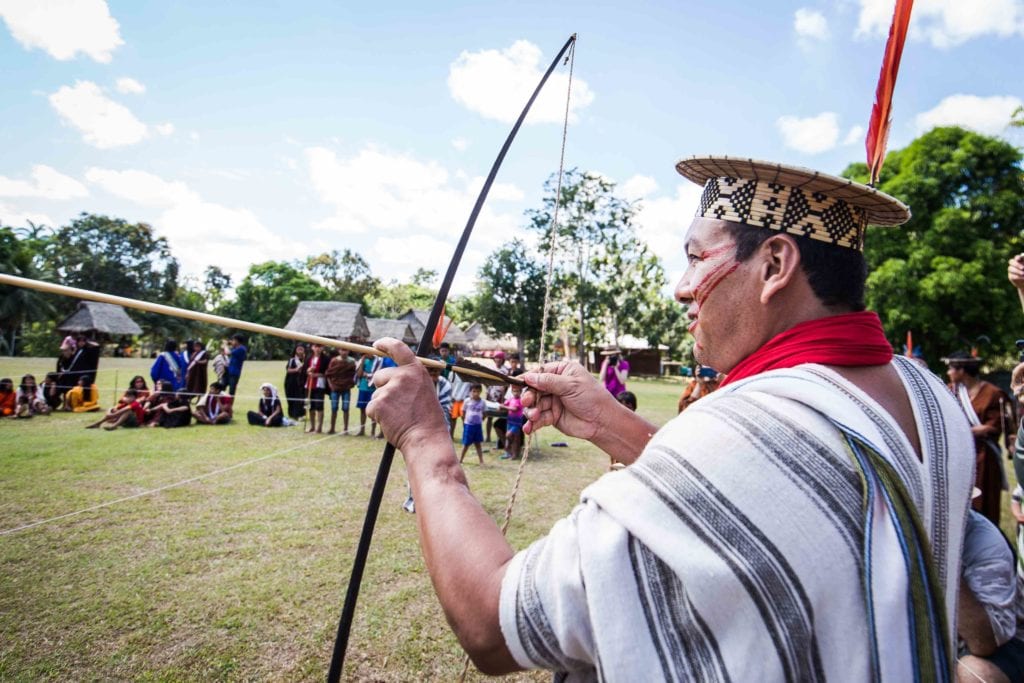
“We have done a great job of reducing dependency on foreign products as much as possible, working to create an internal market that would work without having to bring everything in from the outside,” he says.
Today, the Ashaninka carry out several actions, such as “recovering the altered areas that have been affected by exploitation, projects that manage the resources of hunting, fishing, creating reproduction areas, helping nature to bring back the conditions to offer us resources. The practice of living culturally in this space bringing back our knowledge of medicine, our arts, our rituals,” says Piyãko.
He adds that they have “agroforestry projects to supply families who live in the community, for local schools, and we have surplus that helps make the local market for those who visit the village. We have relationships with partners who help us make agendas with organizations around the village, with the surrounding population so that they are aware of our role, their role, the importance of a good relationship to keep the region protected and developed.”
In 2013, the Ashaninkas won a lawsuit against the Tawaya company, found guilty of biopiracy. The founder of the company had access to Ashaninka traditional knowledge on the use of murumuru as a moisturizer and medicine and will have to pay a fine of 5 million reais. This shows that the dangers faced by Brazilian indigenous communities are multiple.

The Pataxo
Another such initiative to preserve the environment while also producing food and sustenance for communities is led by indigenous Pataxó from the Geru Tucunã indigenous village at the Rio Correntes state park in Minas Gerais state.
According to lawyer Giovani Massaro, which assists the tribe in various legal matters, there are around 60 people living in a region that “had been burned for grazing by illegal ranchers and [the indigenous] built a village with incredible agroforestry production, producing different fruits on a commercial scale, they just can’t sell yet because they have no title to the land.”
A local FUNAI (Indian National Foundation) source, explains that “the Pataxó came from the Indigenous Land Fazenda Guarani, in the municipality of Carmésia, a mountainous region with few agricultural areas. As the indigenous population grew and internal conflicts began, three groups were formed, going to other locations, one of which formed the Geru Tucunã village around October 2010.”
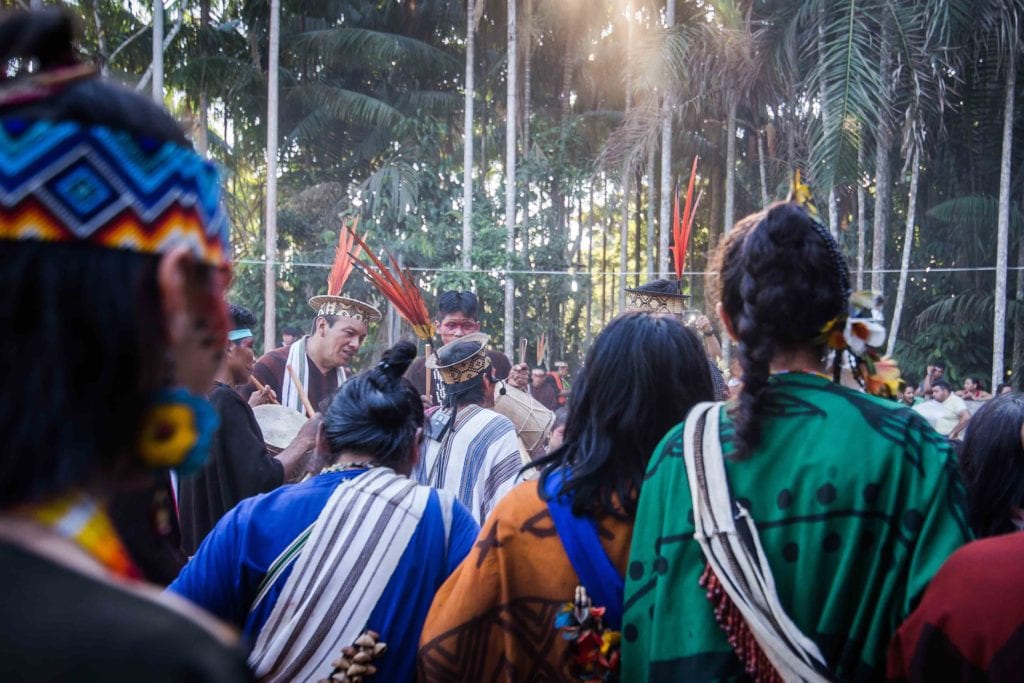
Upon arriving in the territory, they live today, the Pataxó found a park occupied by illegal farmers and by cattle producers in an area “practically covered by pasture [but the indigenous] over the years received seedlings from the State Forestry Institute and planted. Today, the appearance of the area is completely different, with well-formed forests that help in fighting fires that some squatter can set to reduce the forestry area or threaten them. Over the years, they have gained strength because they began to work with environmental education in schools and to receive many students in the village, gaining notoriety as conservationists,” the source explains.
In 2017, they produced almost 60 tons of cassava, 1,200 boxes of pineapple, 2,500 boxes of passion fruit, they plant beans and are looking for partners to expand their production.
Threats from the far right
In view of recurrent statements made by far-right President Jair Bolsonaro against indigenous communities, including during the 2019 United Nations General Assembly, where he harshly criticized Kayapó leader Raoni Metuktire, and also disclosed popular conspiracy theories, the debate on the role of these communities in the preservation of the environment has become even more urgent.
Jair Bolsonaro, since taking office, encouraged deforestation and promoted agribusiness and mining in indigenous lands and he even admitted to have empowered those setting the Amazon on fire because of his speeches – the Federal Police concluded that farmers supporting Bolsonaro combined, through social media, to start fires in the south of the state of Pará.
Indigenous communities function as a shield for deforestation and environmental degradation.
Throughout Brazil, indigenous communities organize themselves to defend their lands and the surrounding environment. Projects such as that of the indigenous Kaingang in southern Brazil that help protect and reforest traditional araucarias. According to Marcio Kokoj of the Kaingang Guarani Indigenous Environmental Association (ASAIKG) “we started to develop some projects related to the production of seedlings of Araucaria and reforested some parts of the indigenous land.”
“Today, we are working with partners to produce seedlings of yerba maté to reforest various parts of the indigenous land and for possible transfers to other communities,” he adds.
Another important project is let by the Xingu Seed Network in the Xingu Indigenous Park, the largest reserve in the world, which brings together 13 different indigenous villages in the process of collecting seeds and replanting traditional plants around the Xingu River and in degraded areas in the surrounding also with the support of farmers.
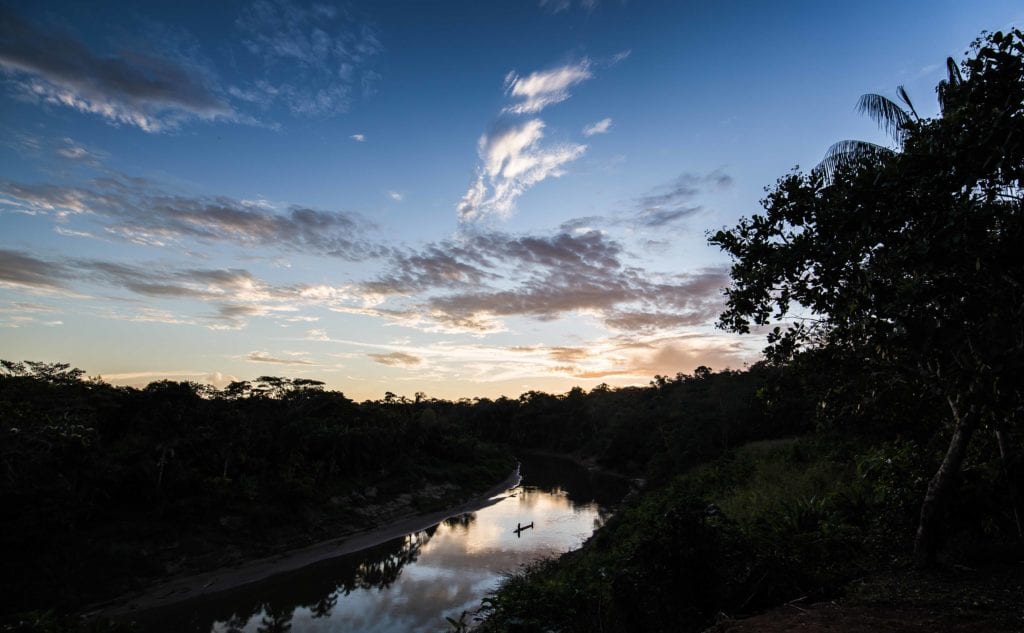
Indigenous communities function as a shield for deforestation and environmental degradation. In cooperation with NGOs and government agencies, indigenous communities are able to produce their own livelihoods and use the surplus to obtain goods that they cannot find in villages. However, both in Brazil and in the rest of the world, they suffer constant pressure from outsiders, threats even from governments that seek to impose development models incompatible with their ways of life and with the very notion of environmental preservation.
In August-September 2019, the fires that devastated large portions of the Amazon rainforest are a reflection of the imposition of harmful development models that have directly affected indigenous communities whose lands are degraded by outsiders. The indigenous lands in the Amazon were the least affected by the fires.
A survey by the Socio-Environmental Institute (ISA), shows that 67% of the fires occurred outside indigenous lands and environmental conservation units. However, not all of them escaped some of the devastating consequences of the fires, particularly those that had been invaded by illegal loggers.
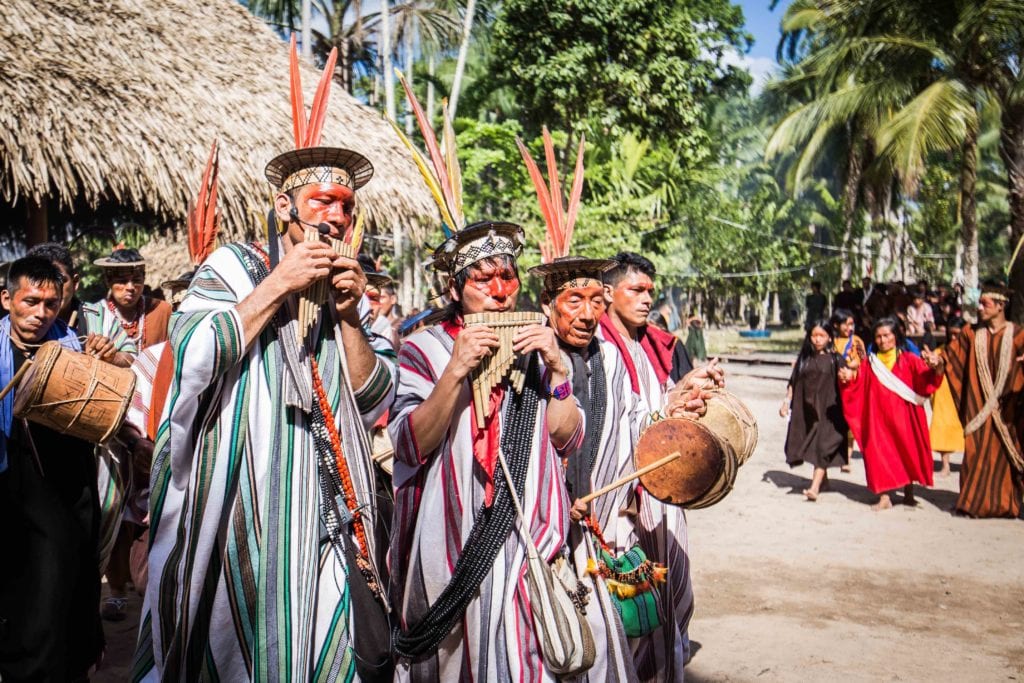
According to experts, most of the fires occur as a result of human action, to clear an area for grazing and planting. Without the indigenous communities and their preservation projects, however, the fires could be even worse. The hope of the various indigenous activists that are engaged in reforestation, preservation or even autonomous production of food and other products, is that their work will be able to prevent the worst effects not only of climate change and the already extensive degradation of the Brazilian environment, but also that they will be able to confront the new threat posed by Jair Bolsonaro and his allies.
